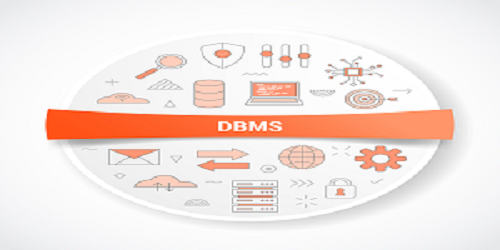DBMS today enjoys one of the most important positions when whole IT Structure of an organization is kept into perspective. For us to know and understand how this position was achieved over the years, we need to look into the advantages this software provides to an organization.
- Redundancy Control: A data which is stored multiple times at different locations is a redundant data. Redundancy leads to usage of more disk space, inconsistency and duplication of effort. When data has to be updated at multiple locations it causes duplication of effort, where ideally only one update should be sufficient. If data at one place is not updated it might lead to whole data being inconsistent with no way of knowing which is latest data. DBMS avoids it and creates only one record.
- Security: Users should be granted access to only those data and reports which they specifically need. It restricts users from viewing or updating data which is not in their scope. Typically, users are given an account protected with password by a DBA and account restrictions are enforced by the DBMS Software. Like for a DBA account, there are no restrictions, they can create, alter, shutdown and startup DB.
- Efficient Retrieval of data: The sole purpose of storing data is that it should be retrieved as desired. So a DBMS allows users to execute queries efficiently.
- Backup and Recovery: In case of system crash a DBMS has a capability to restore. If system crashed between a complex query, then it must bring the system back at its consistent state. This is specifically done by taking backup at the right time.
- Multiple User Interface: Since the number of end users might be more with varying degree of roles to match their designation, DBMS should provide different User Interfaces to each.

- Storage for program objects: It provides data structures to store program data such as classes, record types and values of program variables etc. These are very important to a programmer as this program data gets discarded after program completes its execution. Earlier DBMS were not equipped to handle the data structures of these variables.
- Constraints: DBMS should enforce and define some integrity constraints. For e.g. a DBA can specify that in the DB of an University, students name must be of atleast 3 characters or grade they receive in exams must be either A, B, C, D or E. So a name cannot be just of 2 characters and a student cannot receive a grade Y.
- Potential to enforce standards: DBAs can enforce standards depending on the company’s IT policy. For e.g. standards for names, reports, data elements etc.
- Flexibility: DBMS must be scalable so that if new users or data groups are added it is easier to do so. It must also be able to extend the tablespace size as and when required.
- Fast response time: A DBMS must be able to update the records or modify data and these updates and modifications should be available to user almost instantly. This is will prevent users to work on old and inconsistent data.

Article Written by
Himanshu Juneja
Himanshu Juneja, the founder of Management Study Guide (MSG), is a commerce graduate from Delhi University and an MBA holder from the esteemed Institute of Management Technology (IMT). He has always been someone deeply rooted in academic excellence and driven by a relentless desire to create value. Recently, he was honored with the “Most Aspiring Entrepreneur and Management Coach of 2025 (Blindwink Awards 2025)” award, a testament to his hard work, vision, and the value MSG continues to deliver to the global community.
